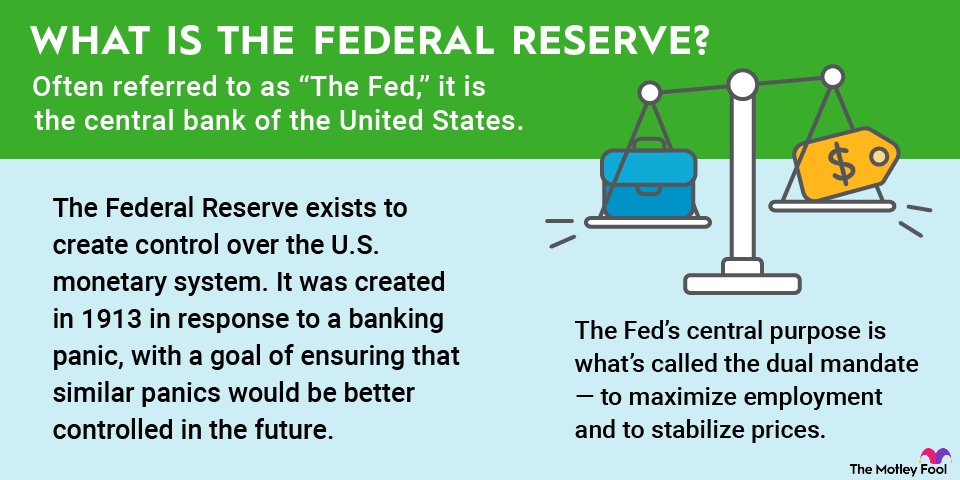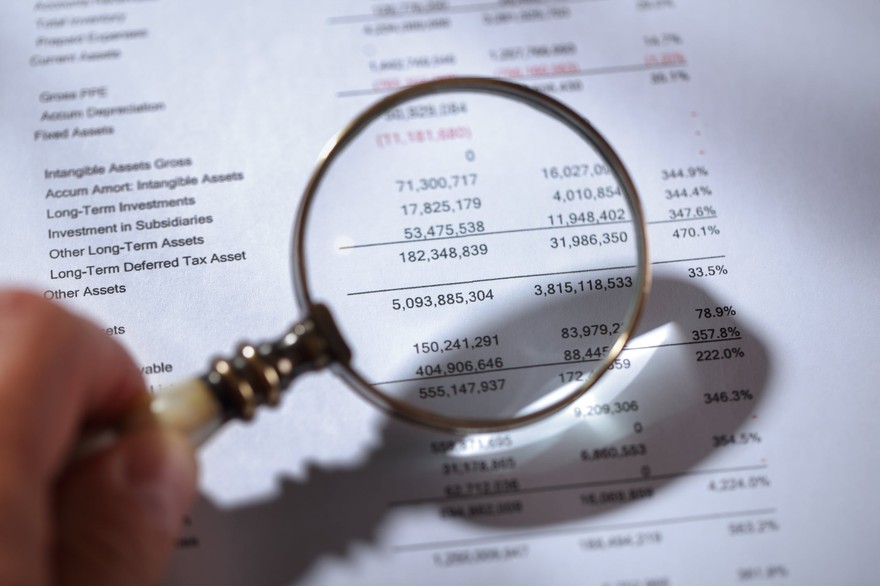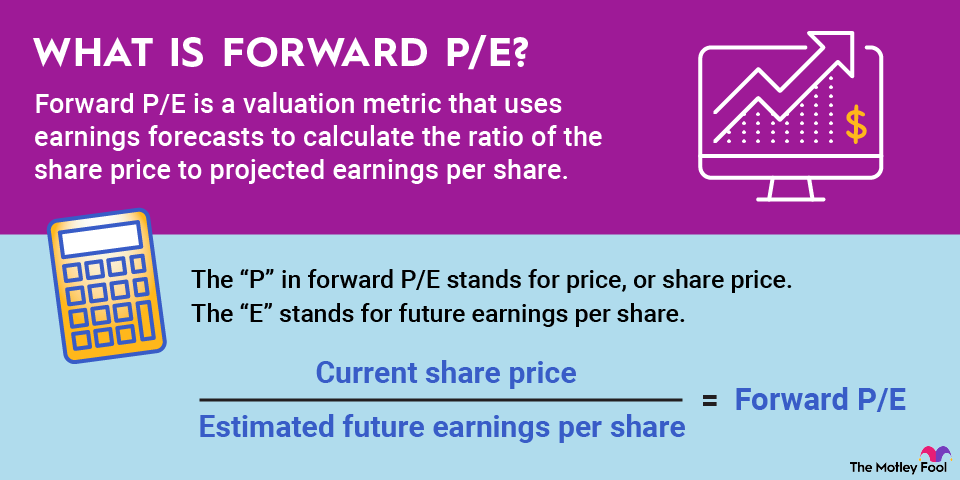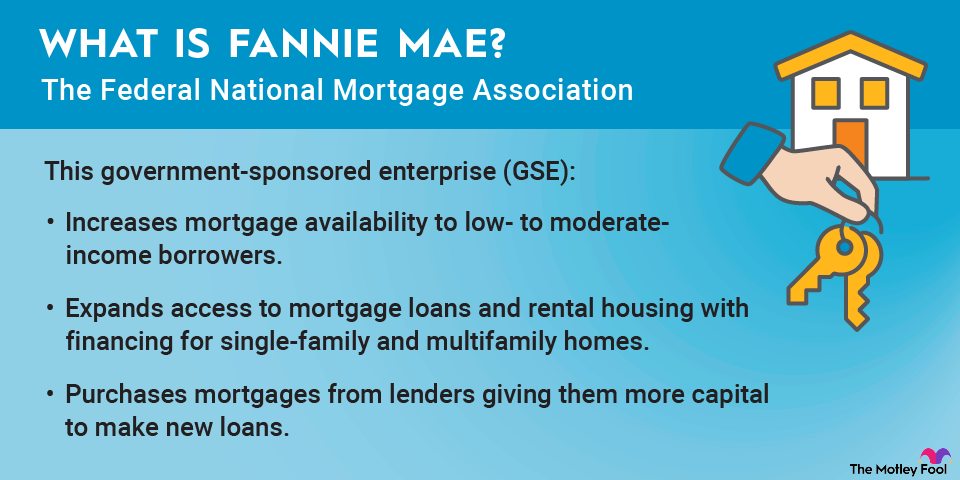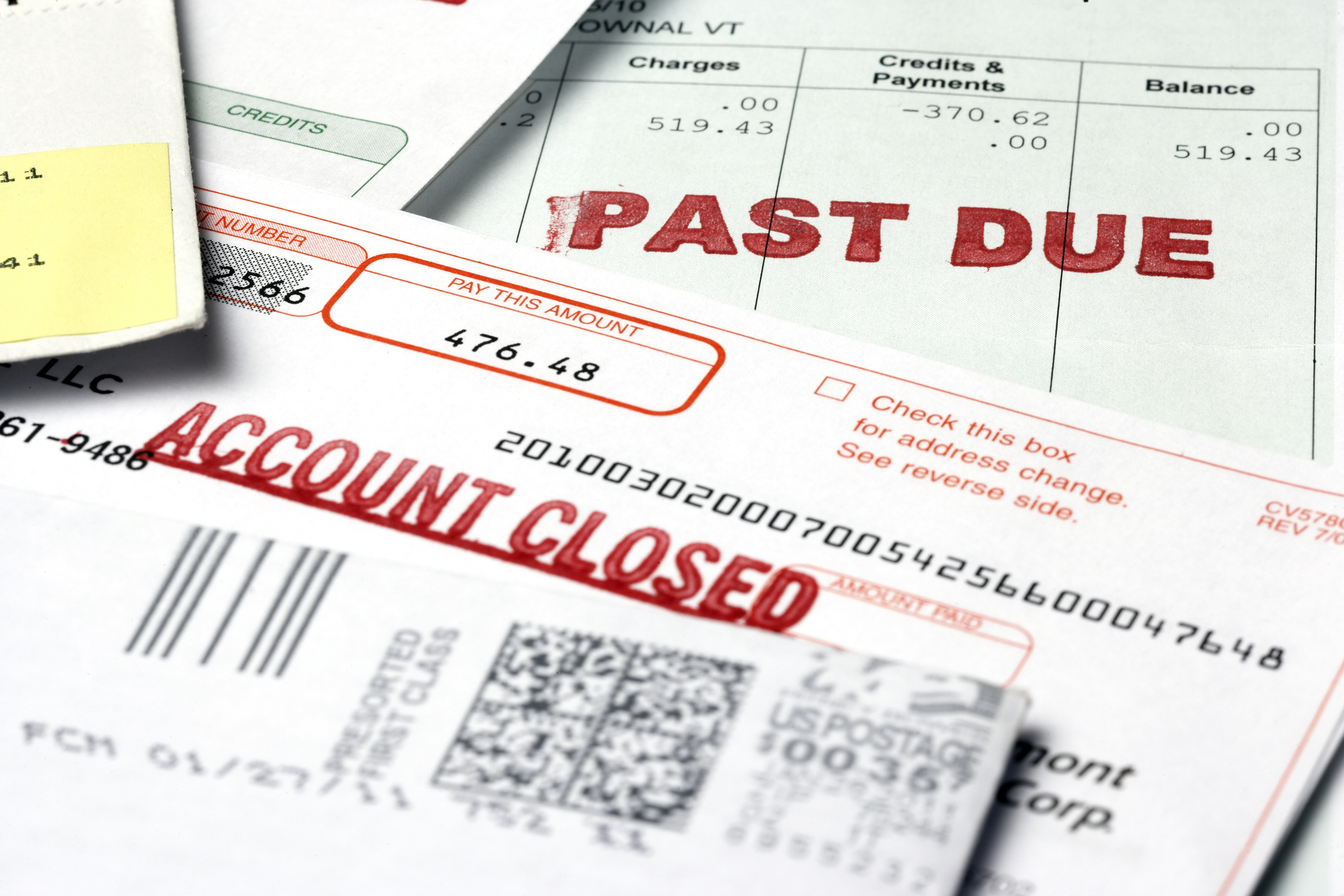A frothy market is a period when asset prices rise rapidly, becoming detached from their true underlying values. The term suggests a market where speculation and hype drive prices higher than what can be justified by fundamental analysis of the asset or company. Essentially, a frothy market can be a precursor to a potential market bubble, where unsustainable price increases are driven by emotions and trends rather than rational financial analysis.
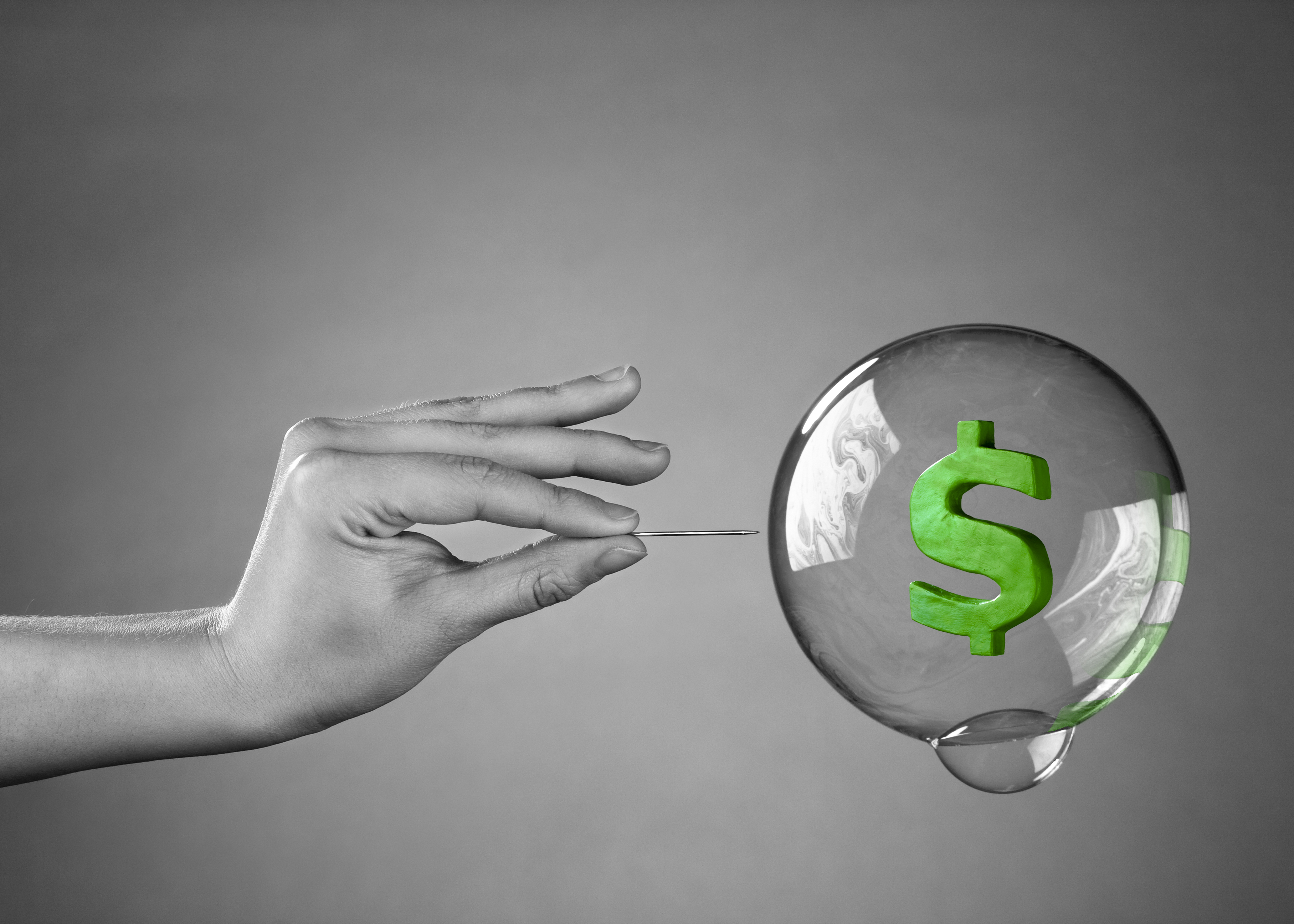
What is a frothy market?
A frothy market is one in which asset prices rise dramatically, largely due to hype rather than changes in their underlying values. Market participants are more focused on short-term gains and speculation than on the long-term financial health of the asset or company. Asset prices become disconnected from their true intrinsic values due to factors such as earnings, revenue, and growth potential. Instead, price increases are driven by investor enthusiasm, herd mentality, and the expectation of further gains.
While not all frothy markets become bubbles, a frothy market is often a warning sign that the market may be overvalued and susceptible to a sharp correction or crash. If prices continue to rise without a corresponding improvement in fundamentals, the market could become overly vulnerable to news or events that trigger a sudden plummet in prices.
Key signs of a frothy market
In a frothy stock market, trading activity often surges as more investors and traders (including day traders) chase short-term gains, often driven by fear of missing out. Speculative trading becomes more prevalent, with investors focusing on price momentum and trends rather than long-term fundamentals.
Valuation metrics, such as price-to-earnings (P/E) ratios, become stretched, indicating that assets are expensive relative to their earnings. Asset prices may also become detached from macroeconomic indicators like GDP growth, inflation, and employment figures.
Investors may take on significant debt to amplify their potential gains, increasing their risk exposure if the market corrects. Looser lending standards and low interest rates can contribute to a frothy market by making it easier for investors to borrow and invest in risky assets.
The media and social media platforms may amplify the hype around certain assets or sectors, further fueling speculative buying. Online communities and social media trends may drive investment decisions based on popularity and hype rather than thorough analysis.
Potential impact of a frothy market
Frothy markets are characterized by increased volatility, meaning prices can rise and fall sharply, making them risky for investors. When the froth disappears, prices can plummet quickly as investors realize assets are overvalued, leading to market corrections or even crashes. Should the bubble burst, the market experiences a sharp decline in asset prices, causing significant losses for investors who bought at the peak.
The combined effect of reduced spending and tighter credit can lead to slower economic growth. To mitigate the risks associated with frothy markets, governments and central banks may step in with regulatory measures to curb speculation or tighten lending standards. Such interventions can further dampen market sentiment as they restrict access to credit and reduce liquidity.
Related investing topics
Real-world example of a frothy market: Dot-com bubble
The dot-com bubble is widely considered a classic example of a frothy market. The late 1990s saw a massive surge in interest and investment in internet-based companies, often without any proven business models or profitability. Stock prices of dot-com companies -- even those with little to no revenue -- soared to astronomical levels, far exceeding any reasonable measure of value.
Many investors were driven by hype rather than sound financial analysis, and traditional metrics like price-to-earnings ratios were often ignored, as investors focused solely on potential growth and market share. Fueled by the excitement surrounding the internet and technology, investors poured money into internet-related companies, many of which lacked solid business models or profitability.
The dot-com bubble eventually burst in the early 2000s, leading to a significant market correction and the collapse of many dot-com companies.


